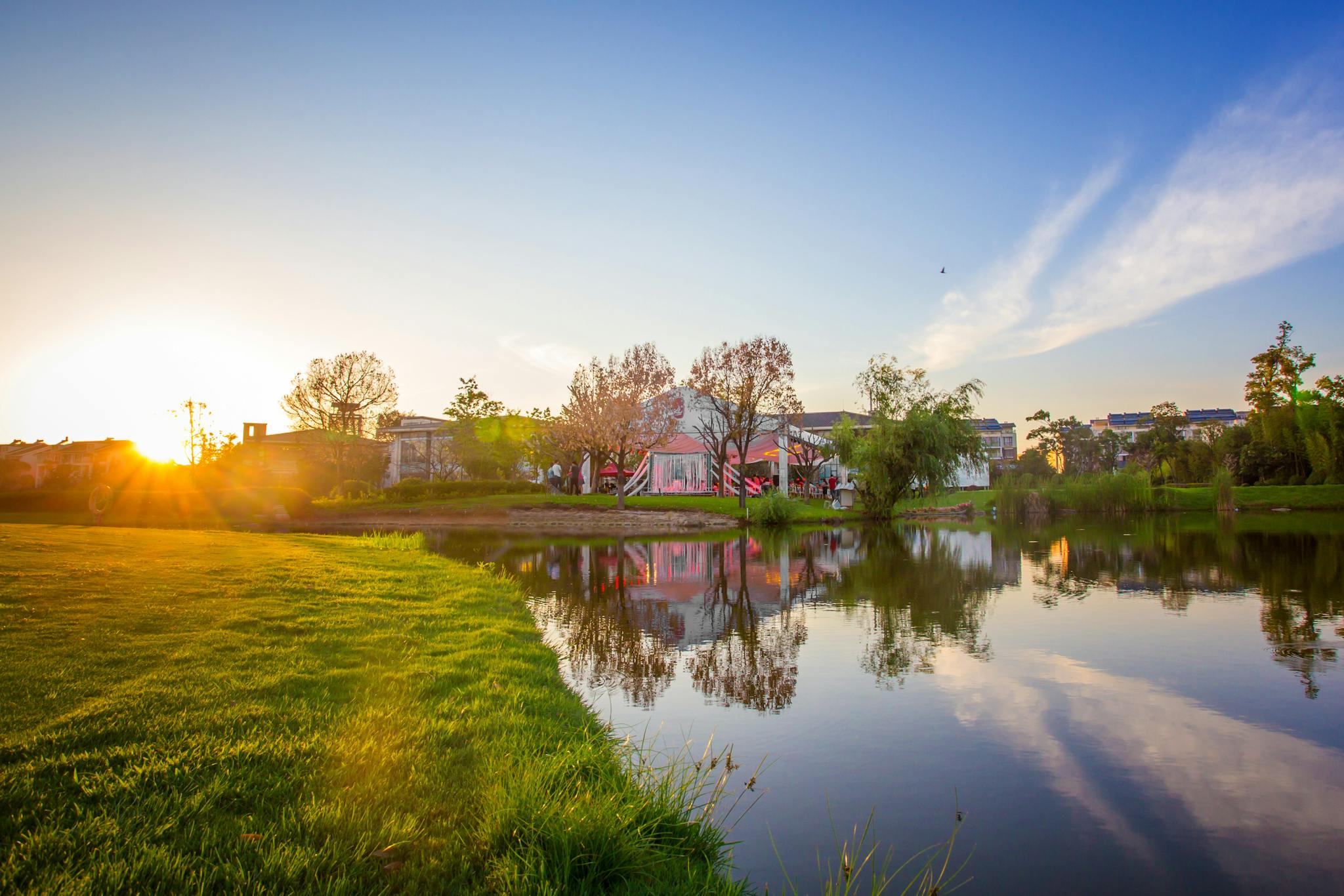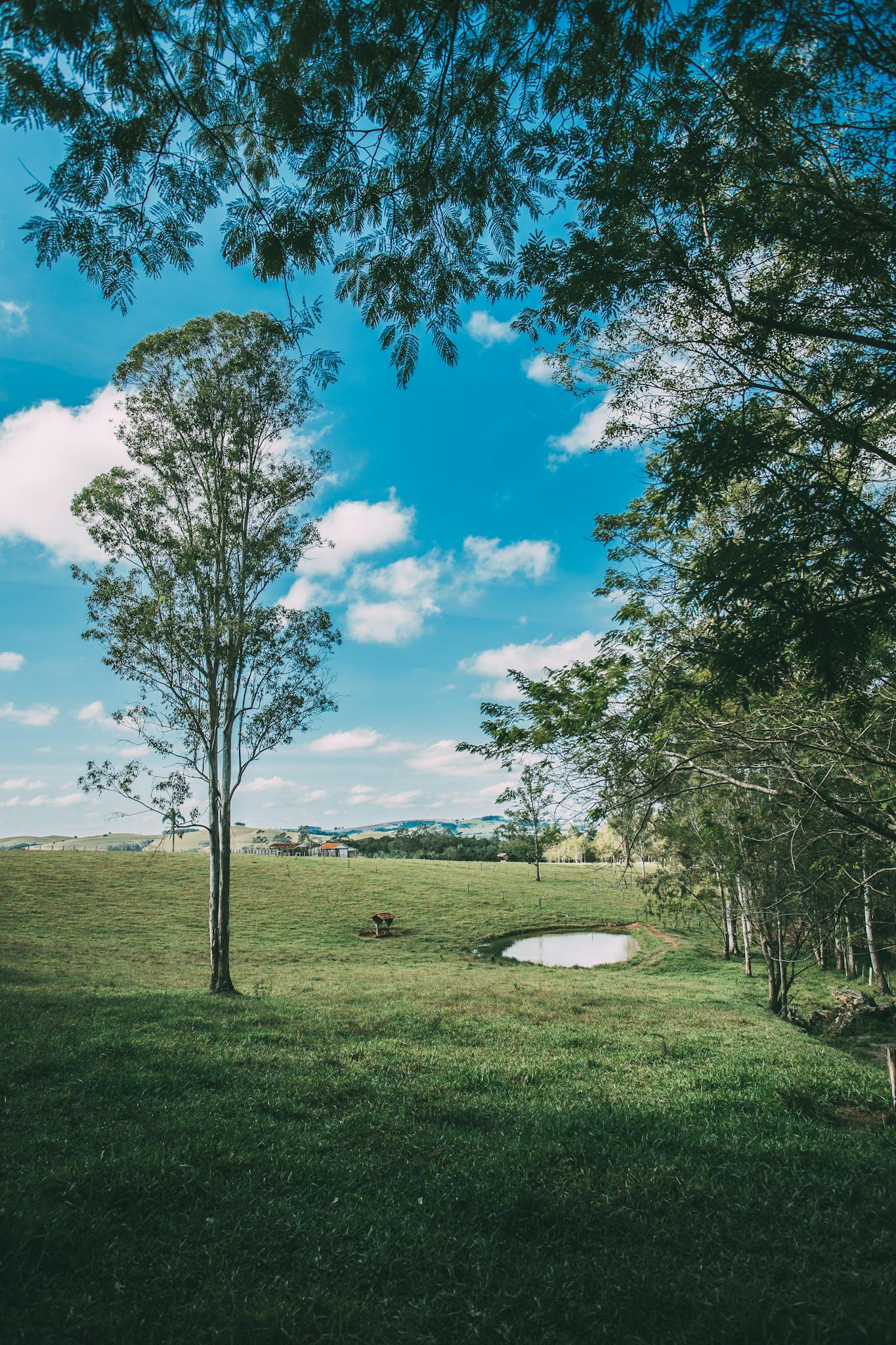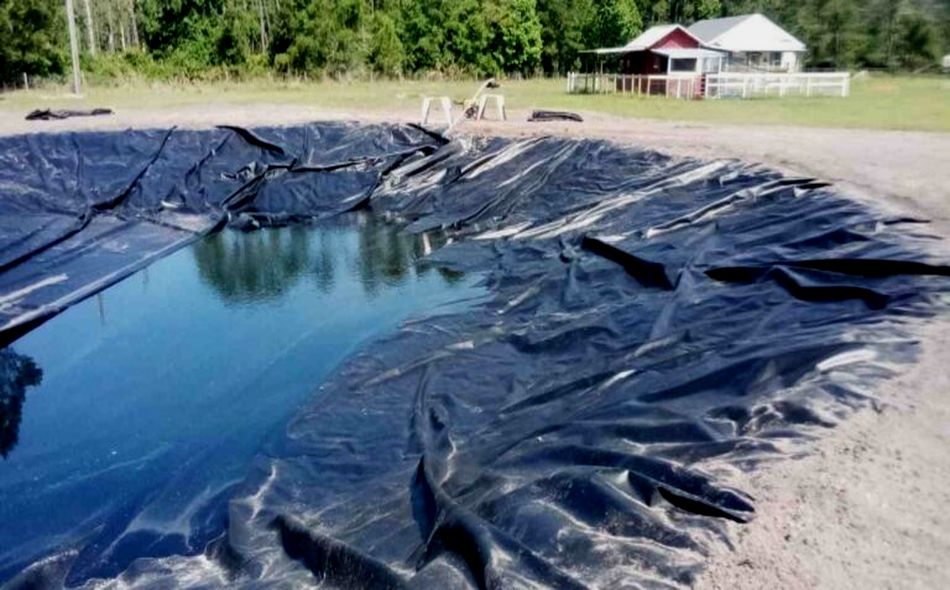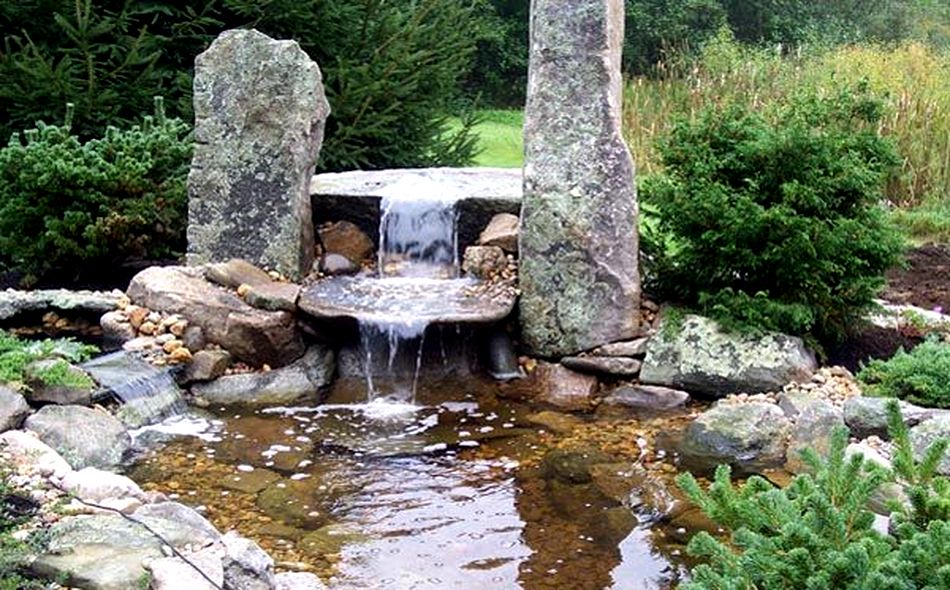Introduction
One of the biggest challenges for bloggers is consistently coming up with new and interesting topics. This post will share practical tips to help you find inspiration and keep your blog fresh and engaging.
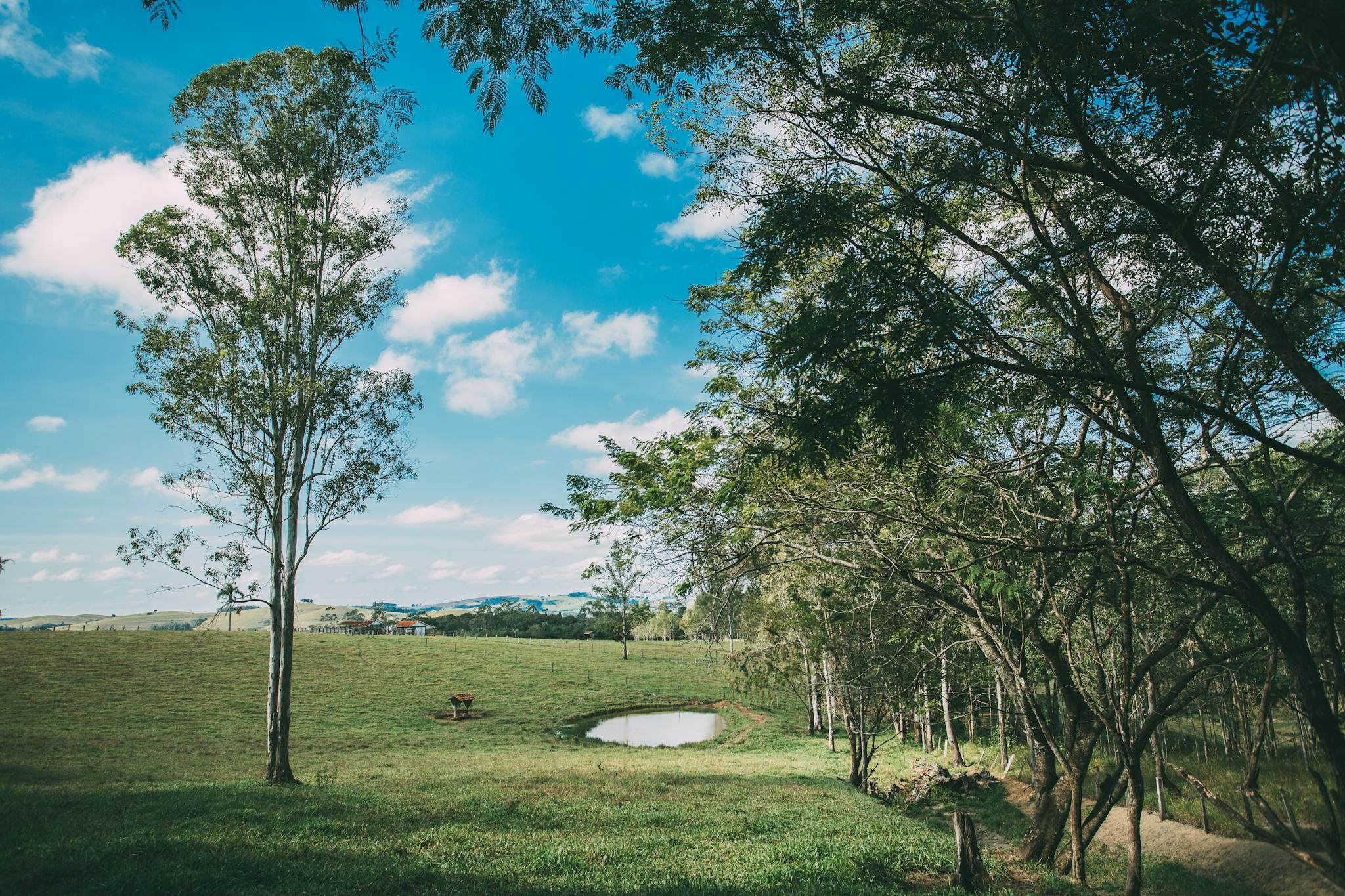
1. Stay Informed in Your Niche
Regularly read other blogs, news sites, and publications in your niche. Staying informed helps you identify trending topics and gaps in existing content.
2. Use Keyword Research Tools
Keyword research tools can reveal what your target audience is searching for. This data can inspire topics that are both relevant and SEO-friendly.
3. Engage with Your Audience
Listen to your audience. Comments, emails, and social media interactions can provide insights into what your readers are interested in.
4. Explore Competitors’ Blogs
Check out what your competitors are writing about. This can spark ideas for topics that you can approach from a unique angle.
5. Keep an Idea Journal
Always keep a journal or digital note-taking app handy to jot down ideas as they come to you.
6. Repurpose Old Content
Look at your older posts. Can they be updated, expanded, or spun into a new topic?
7. Participate in Online Forums and Communities
Engage in online communities related to your niche. Questions and discussions here can be a goldmine for blog topics.
8. Use Blog Idea Generators
Online tools like HubSpot’s Blog Ideas Generator can provide instant ideas when you’re feeling stuck.
Conclusion
Finding new blog ideas doesn’t have to be daunting. With these strategies, you can continually come up with fresh, engaging topics that keep your audience coming back for more. Remember, inspiration is everywhere—you just need to know where to look!

